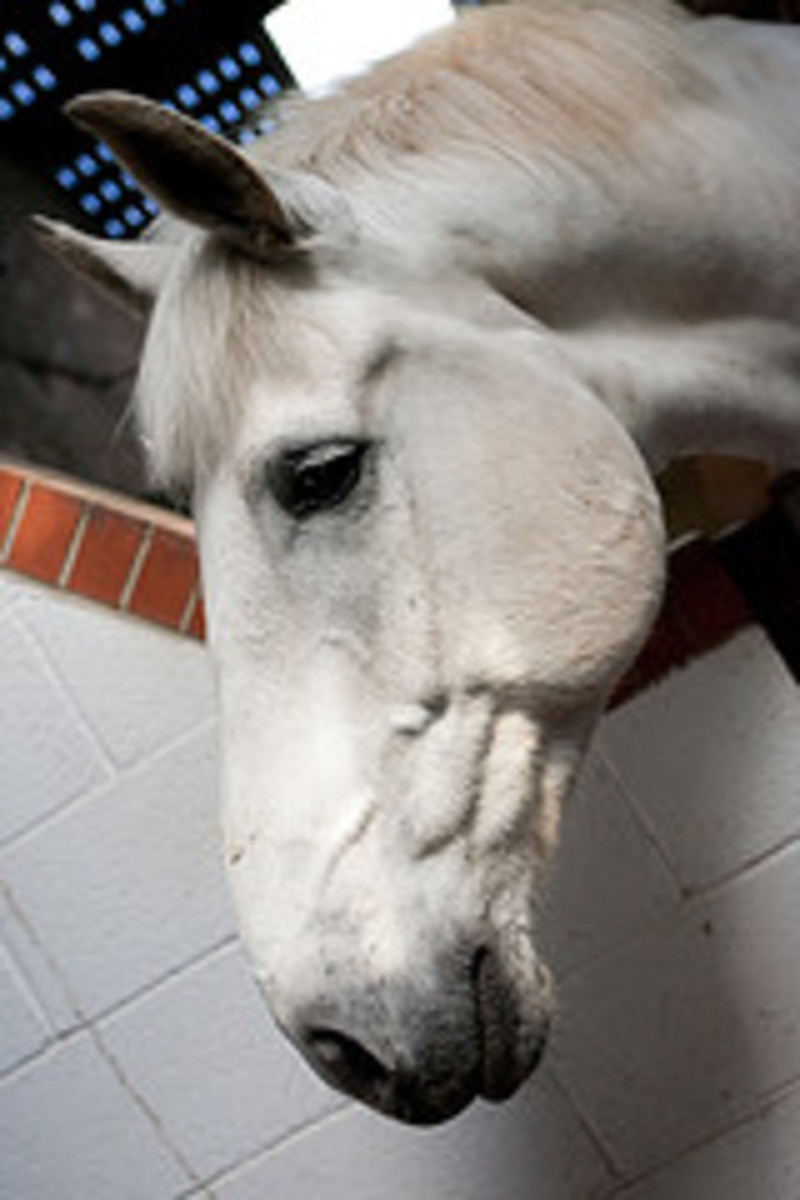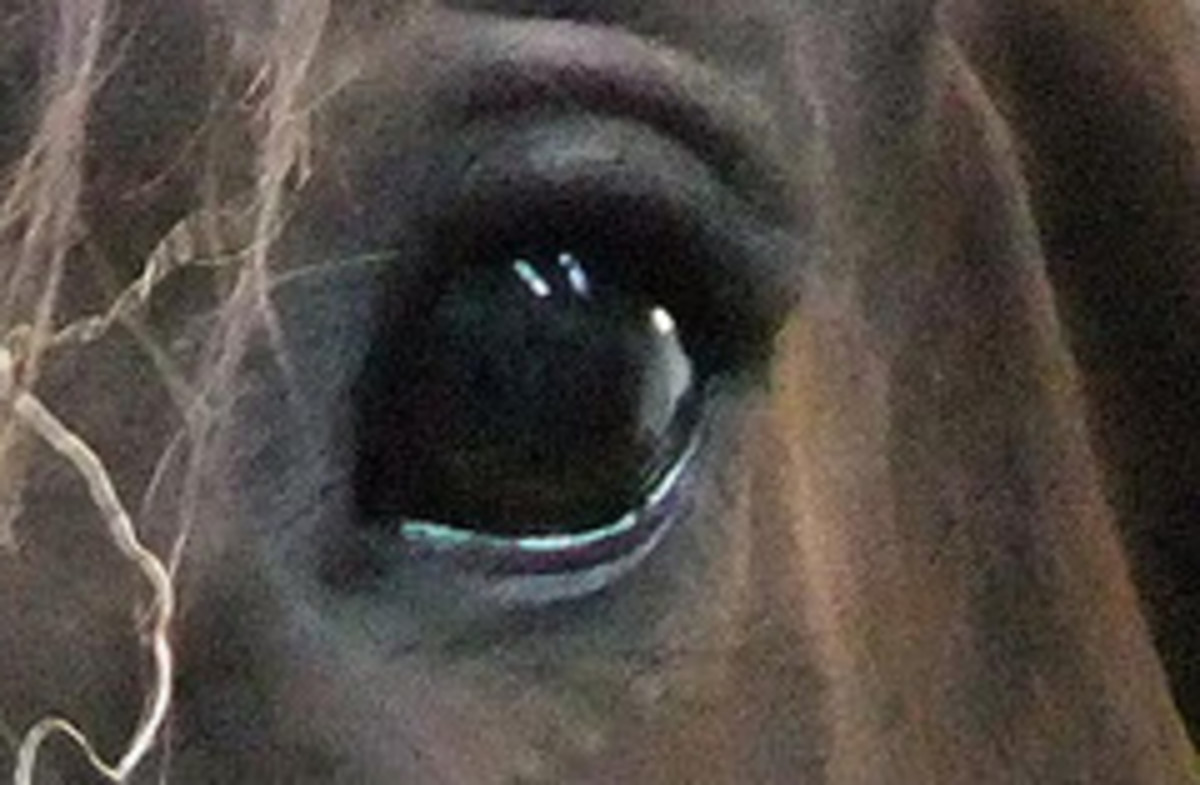California Update: More Equine Herpes Virus Confirmed in Tuolumne and San Joaquin Counties; Nine New Cases Confirmed Today
- March 10, 2017
- ⎯ Fran Jurga
The California Department of Food and Agriculture has updated information for horse owner on the latest cases of Equine Herpes Virus in that state.
Please read yesterday’s post about EHV cases in California on The Jurga Report for events that lead up to these reports.
Announcement #1. San Joaquin County (new cases)

September 15, 2011: Two Confirmed Cases on Secondary Exposed Premises in San Joaquin County
Two horses displaying compatible clinical signs were confirmed positive for the neuropathogenic strain of EHV-1. These two horses were exposed to the virus on September 4-10, 2011, while visiting the Tuolumne county premises. Both horses have been isolated and the premises has been quarantined. CDFA is conducting an epidemiologic investigation.
Announcement #2.?Tuolumne County (original case)
September 15, 2011: Seven Confirmed Cases on Tuolumne Premises
Seven of the eight horses displaying compatible clinical signs at the quarantined premises have been confirmed positive for neuropathogenic strain of EHV-1. Five of the confirmed cases have displayed neurologic signs and two of the cases have only demonstrated a fever. One of the severely affected neurologic confirmed cases has been euthanized. The initial horse confirmed positive on September 12, 2011 is recovering on the premises. All confirmed cases are in isolation and all exposed horses on the quarantined premises continue to be monitored.
Important Definitions

- Confirmed Case: A horse which displays compatible clinical signs AND has a positive laboratory diagnostic test for the neuropathogenic strain of Equine Herpes Virus-1.
- Compatible Clinical Signs: Any one or more of the following clinical signs: fever, nasal discharge, ataxia, hind end weakness, diminished tail tone, and/or recumbency.
- Exposed Horse: A horse which has been in close contact with a confirmed case of the neuropathogenic strain of EHV-1 within the last 14 days.
About Equine Herpes Virus
Equine Herpes Virus (EHV-1) infection in horses can cause respiratory disease, neurological disease, abortion in mares and neonatal foal death. The neurological form of the disease, is known as Equine Herpes Myeloencephalopathy (EHM). The neurological form of the virus has the potential to cause high morbidity and mortality. EHV-1 is easily spread and typically has an incubation period between 2-10 days. Respiratory shedding of the virus generally occurs for 7-10 days, but may persist longer in infected horses. For this reason, the isolation period recommendation for confirmed positive EHM cases is twenty-one (21) days.
Clinical signs of EHM in horses may include nasal discharge, incoordination, hindquarter weakness, recumbency, lethargy, urine dribbling and diminished tail tone.
The prognosis for EHM positive horses depends on the severity of signs and the period of recumbency. Employing supportive treatment with intravenous fluids, anti-inflammatory drugs, anti-viral drugs and other supportive measures may be beneficial since there is no specific treatment for EHM.
Currently, no EHV-1 equine vaccine has a label claim for protection against the neurological strain of the virus.
Horse eye photo by?Eadaoin?Flynn.








